When I visited Hungary with my family in 2013, little did I know that I was about to experience one of the greatest surprises ever. Not only is Hungary gorgeous in itself, but it also possesses one of the most beautiful and interesting capitals in Europe! Budapest as we know it is actually quite a young city, having been officially “born” in 1873 after the unification of the cities of Buda, Pest and Óbuda, during the times of the Austro-Hungarian Empire.
Nowadays, Budapest offers a warm and friendly atmosphere to its visitors, with beautiful places and monuments to visit, a magnificent cultural legacy and welcoming locals who will gladly teach you a little more about their history, language and customs.
The language barrier isn’t something to worry much about in Budapest, since most of its inhabitants speak fluent English (occasionally German and Russian as well); so visitors have no excuse to not learn a bit more about the fascinating culture of Hungary.
Whether you’re simply going on holiday to the Hungarian capital or are planning to spend a longer period of time studying or working there, in this article EDUopinions will recommend some of the most stunning places to visit in Budapest.
EDUopinions is a unique platform where you can read real, verified student reviews about universities from all over the world as well as get free information about them.
Stroll Over the Liberty Bridge
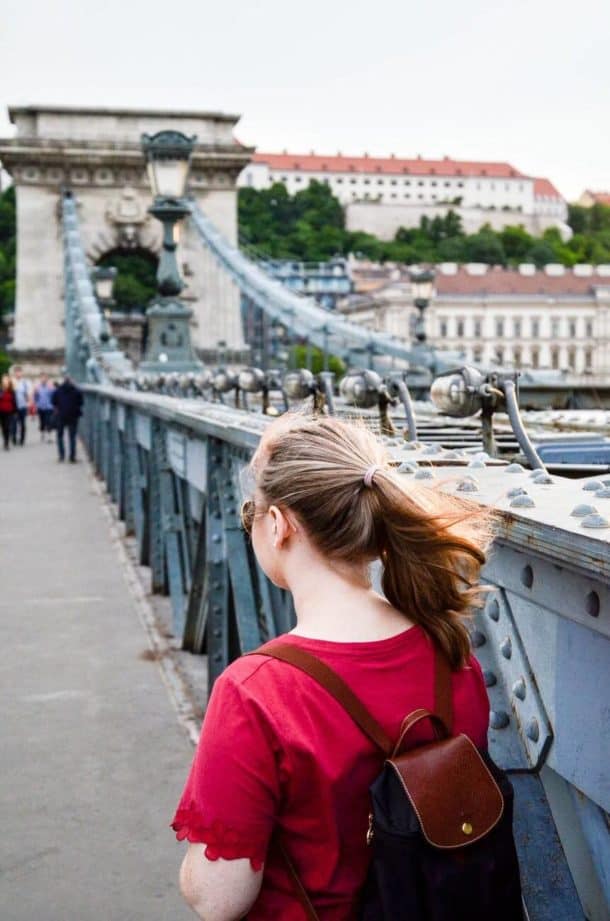
Known as Szabadság híd in Hungarian, the Liberty Bridge crosses the Danube river and is currently one of the many bridges that unite the two shores in which the city is located. However, one of the most particular things about this bridge is its vibrant green colour and its “Eiffel-esque” structure, bearing the historical Hungarian coat of arms and sculptures of the mythical Turul bird. It was built from 1894 to 1896, and inaugurated under the reign of Emperor Franz Joseph I of Austria. Nowadays, pedestrians, tramways and cars cross this bridge every day. Nevertheless, it still is an amazing place to get a view of the Danube… and even to hang a padlock on with your and your darling’s names!
Go on a mini-cruise on the Danube
Yes, I know that the vast majority of us can’t afford to pay almost €90 to go on a simple cruise, but you don’t have to go bankrupt to enjoy a nice boat trip through the beautiful blue Danube. You can still have a good time and enjoy the city views and the river’s freshness for just €12! Many river cruises also include a free cocktail within the fee and even live music. Depending on the type of cruise you book, you may even have the chance to see the Zsigmond Trio performing during your trip! However, when it comes to these cruises, it is better to contact the Budapest River Cruise agency so that you can inform them of what you’re exactly looking for, what’s your budget, etc. so that they can consider which are the best options for you and give you information about them. Find out further information.
The Budapest Cave Church
Indeed, in the Buda side of the city, there is a whole Neo-Gothic style monastery that has been carved into the rocks and established in a cave located in the Gellért Hill, which owes its name to a saint from the 11th Century who was executed by a group of pagans by being put in a barrel and thrown down the hill. Originally supposed to have been the home of a hermit monk, the church as we know it today was founded in 1926 and run by Pauline monks (belonging to the Order of Saint Paul the First Hermit, originally founded in 13th Century Hungary). However, in 1951, during the Communist regime of Hungary, the church was shut down and the monks of the Pauline order were either executed or sent to labour camps. The church was officially reopened in 1989, after the fall of the Hungarian Communist regime, and continues receiving visitors from all over the world up to this day.
Take a break and relax a bit in the Gellért Baths
Budapest is particularly famous for its spas and thermal baths, and the Gellért Baths will not leave you indifferent. Inaugurated in 1918, the baths are part of the prestigious Danubius Hotel Gellért, but are open to the general public. The location of the Gellért Baths, at the skirts of the Gellért Hill, is a specially privileged site because of the thermal water springs that come from the hill. In fact, baths have been built in that area since the 16th Century, when Hungary was under the reign of the Ottoman Empire. Even though the complex was heavily damaged during the Second World War, it was later restored to its original splendour; and visitors today are able to enjoy relaxing baths and other healing treatments, but also appreciate the beautiful architecture of the building! Ideal for taking a break from all the hustle and bustle of daily life… but also for those who suffer any sort of physical ailment. The waters of the Gellért Baths, rich in minerals such as calcium and magnesium and alkaline salts, are specially recommended for people with joint, spinal, circulatory and respiratory problems. Another reason to pay a visit to the Gellért Baths!
Visit St. Stephen’s Basilica
Named in honour of Stephen, the first king of Hungary and patron saint of the country, the basilica is one of the most popular tourist attractions in the city. The building of St. Stephen’s Basilica began in 1851, but the people of Budapest had to wait until 1906 to see the work completed. Since several different architects were in charge of drafting the plans and conducting the basilica’s construction throughout the period of 55 years that it took to have it built, the church didn’t end up adhering to a specific architectonic style, and nowadays we can appreciate elements of both Neo-Classical and Neo-Renaissance styles in it. Another curiosity about the Basilica is that it is said to house the mummified right hand of St. Stephen in a reliquary located in one of its chapels. The Basilica is also home to the largest bell in Hungary, which weighs almost 10 tons! And if you enjoy Classical music as well, you’re in luck: organ concerts are held there all year round every Monday. Just make sure to check the Basilica’s event calendar for more details!
Stroll around the Heroes’ Square
Known in Hungarian as Hősök Tere, this is one of the main squares in Budapest, and probably the most famous one as well. The first thing one notices after arriving to the Heroes’ Square is the Millennium Monument, which was built to commemorate the history of the Magyars. Its construction began in 1896 and was completed in 1906. The pillar seen in the centre bears a statue of the archangel Gabriel holding the Hungarian crown and the apostolic double cross. At the pillar’s feet, statues of the seven Hungarian chieftains that led their people to the Carpathian basin stand, which are speculated to represent the historical leaders Árpád, Előd, Ond, Kond, Tas, Huba and Töhötöm. Both on the left and right sides of the pillar stand two magnificent colonnades, with allegoric figures representing different ideas and concepts (Labor, Wealth, War, Peace, Knowledge, Glory…) and different kings, princes and noblemen who left important marks in Hungarian history. The ensemble of the ambience is simply breath-taking, so that is why you shouldn’t stop paying a visit to the Heroes’ Square during your trip to Budapest!
Are you a fan of opera?
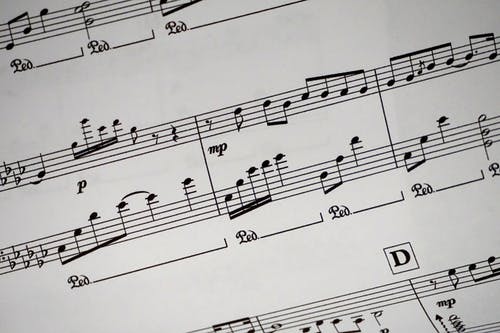
If you answered yes to at least one question, then we have another magnificent option for you to visit during your stay at Budapest, and that is… the Hungarian State Opera House! Originally known as the Hungarian Royal Opera House, it was funded by Emperor Franz Joseph I himself and open to the public in 1884. The architect who designed it was Miklós Ybl, who also played a major role in the building process of St. Stephen’s Basilica in the late 19th Century. Ybl endowed the Opera House with a rich Neo-Renaissance style, complete with elaborate paintings, sumptuous ornaments and the statues of two of Hungary’s most famous composers: Ferenc Erkel (who is best known for composing the melody of the Hungarian national anthem) and Franz Liszt. Nowadays, guided tours through the Opera House are daily held for visitors in up to six different languages. Opera and ballet performances also take place periodically and, even though the tickets aren’t very cheap, I wouldn’t recommend letting the chance of seeing there a live performance of William Tell or Swan Lake go by anything in the world.
The Ferenc Liszt Memorial Museum
Franz List (also known as Ferenc Liszt, with the name in its Hungarian form) was one of the most prominent figures in Romantic music and is possibly considered as Hungary’s most famous composer. The Museum is located in the Old Academy of Music that Liszt founded himself and where he had his own apartment in the 1st floor, a place in which he spent the majority of his last five years of life (from 1881 to 1886) before his death in Bayreuth, Germany. Even though the Museum is quite small, possessing only three rooms, it is a total must-see for music enthusiasts, for it displays not only the virtuoso’s own pianos, but also a wide variety of his personal belongings: paintings, books, pieces of furniture… However, while a visit to this museum might be a delightful experience at any time, the best day to visit it would be Saturday, for musical performances are weekly held in this day at 11 am in the Academy’s concert hall. And the best thing is… the prices of the concerts are included in the entrance fee!
Great Market Hall
You’re not only bound to find everything you need in there, but also to discover some traditional Hungarian products and delicacies (such as kürtőskalács -probably the most famous Hungarian viennoiserie-, beigli -a wonderful strudel-like pastry usually filled with poppy seeds or chopped nuts-; or some steamy home-made gulash -a traditional dish made from stewed beef, vegetables and paprika) and appreciate the architectonic beauty of the oldest and largest indoor market of the capital. The Great Market Hall was built and inaugurated in the late 19th Century and, even though it was significantly damaged during the World Wars, restoration works have succeeded in reviving the market’s initial charm. The only drawback about this picturesque place is the fact that it doesn’t stay open until very late, usually closing at around 5 – 6 pm, so the best time to go would be in the morning. Think about that the next time you feel like putting off for later going shopping for groceries!
The Hungarian Parliament Building
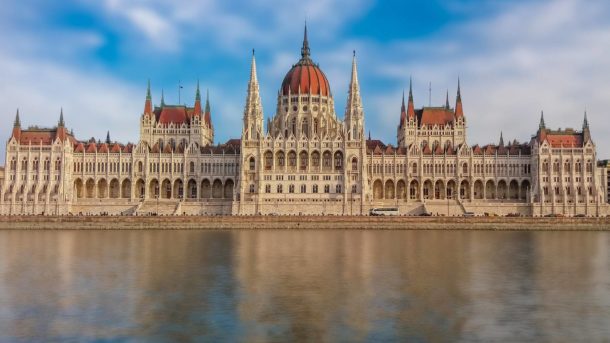
Possibly one of the most famous buildings of Budapest and a notable landmark of the country, the Parliament Building (or Országház, in Hungarian) is located on the banks of the Danube. Aside from being a very popular touristic attraction, it is also the largest building in Hungary. The Parliament Building began to be erected a few years after the union of Buda, Pest and Óbuda into one city, in the year 1885, and was officially inaugurated in 1896. Final retouches kept going until 1904; and the Parliament Building now displays a beautiful combination of both Gothic and Renaissance revival styles, completed with a main façade decorated with the statues and coats of arms of several Hungarian rulers. The building also houses the Hungarian Holy Crown, which was used in the crowning ceremonies of the kings of Hungary since the 12th Century and is said to have belonged to Saint Stephen. After the end of the Second World War, the Crown was given to the American Army for safekeeping from the Soviet Union. In 1978, it was returned to its country of origin by order of President Carter. Currently, around 1,000 people work in the Parliament, including the Hungarian Prime Minister, Victor Orbán, and the 199 Members of Parliament; and visiting tours are offered periodically in up to eight different languages. Don’t let them pass by!
The Great Synagogue in the 7th district
Also known as the Dohány Street Synagogue, this synagogue is the largest one in Europe, and the second largest in the world (with the first one being the Belz Great Synagogue, in Jerusalem). The Dóhany Street Synagogue was designed by several important architects of the 19th Century, such as Ludwig Förster, Ignác Wechselmann and Frigyes Feszl. Built between 1854 and 1859, the Synagogue possesses an exquisite combination of a predominantly Moorish style combined with Byzantine, Romantic and Gothic elements; and it can seat up to 3,000 people. The Synagogue also possesses a pipe organ, and several piano virtuosos have given concerts inside the temple, including Franz Liszt, Camille Saint-Saëns and, more recently, Xaver Varnus. Throughout time, several other monuments, museums and memorials have been linked to the Synagogue complex, such as the Hungarian Jewish Museum and Archives and the Heroes’ Temple (which were attached to the main building in 1931); the Jewish Cemetery and the Raoul Wallenberg Holocaust Memorial Park, located in the rear courtyard of the Synagogue.
Budapest is a city with many stunning and picturesque things to see. Even though there are many more things to explore; we hope that, with the help of this mini-guide (in which I have included pictures taken by me), you enjoy your trip to Budapest to its fullest and have a lovely experience there.
Recent Posts
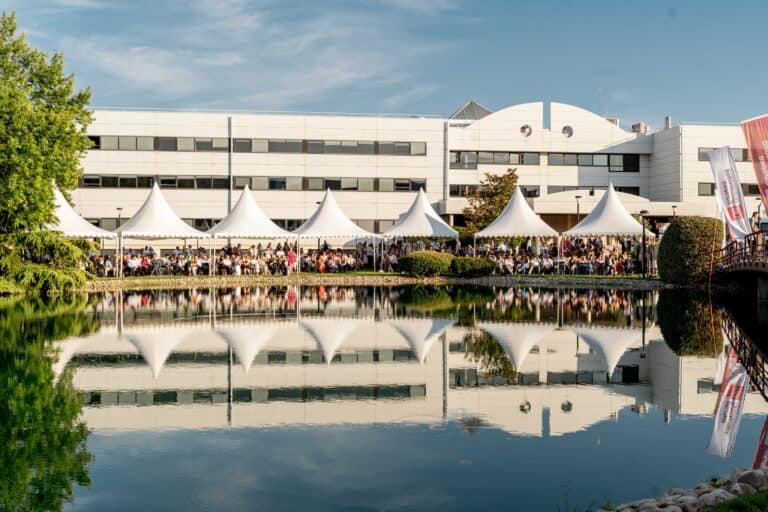
For professionals with a few years' experience already, an MBA can be a great way of boosting your career prospects. From changing jobs or industries ...

Studying abroad for a semester or a full year can be an incredibly enriching experience. You'll get to experience a new culture, meet new people, and ...
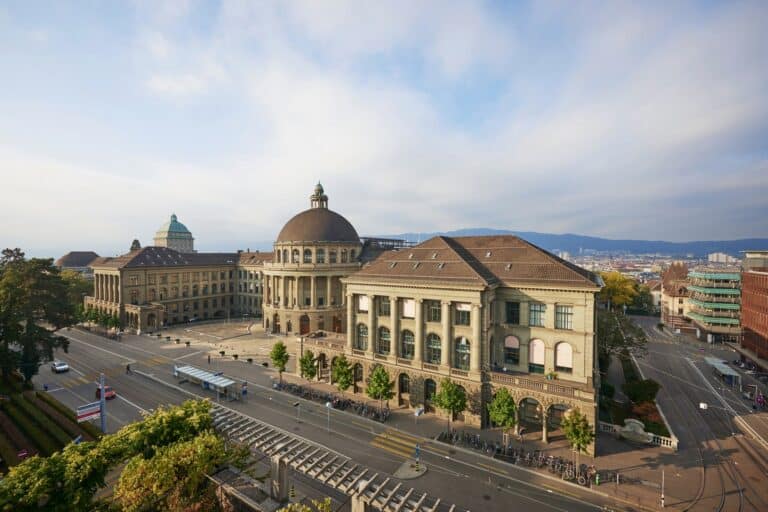
If you're thinking of studying a technical subject like engineering at university, it's crucial that you choose a university that has a rigorous ...

